 |
The X-Pro2 is a high-end, rangefinder-esque mirrorless camera that directly succeeds the first X-mount camera: the X-Pro1. The Pro2 now sports a 24MP APS-C sensor and a host of feature improvements in a body that very closely resembles that of its predecessor.
Fujifilm X-Pro2 features
- 24MP X-Trans CMOS III sensor (APS-C)
- 273 Autofocus points (77 of which PDAF)
- 2.36M-dot OLED/Optical hybrid viewfinder with pop-up picture-in-picture tab
- ISO 200-12800, expandable to 100-51200 with Raw shooting at all settings
- 1/8000 sec maximum shutter speed and 1/250 sec flash sync
- Acros black and white film simulation
- Grain Effect option for JPEGs
- 1080/60p movies
The X-Pro2’s higher resolution sensor also gains wider-spread on-sensor phase-detect AF coverage, which is another significant improvement. In addition it has a small, thumb-operated joystick that allows you to more easily select an AF point and, in turn, the camera lets you select from a any of the camera’s AF points.
Other changes include allowing Auto ISO to extend up to 12800 and the ability to shoot Raw files at all the camera’s ISO settings (extended settings have always been JPEG-only on previous X-series cameras), as well as the ability to apply lossless compression to Raw files. The X-Pro2’s shutter has been improved, too, and can now shoot as fast as 1/8000 sec, with flash sync extended to 1/250 sec of a second.
But much of what else made the original X-Pro1 stand out remains. The genuinely rangefinder-styled body, rather than just being a rectangle with a band of faux leather around it, mimics most of the control points and design accents of a 1960s camera. It still has the all-metal construction but more attention has been made to provide environmental sealing, as you’d expect in a camera at this price.
And, although the body looks broadly the same, it’s been significantly reworked to offer improved ergonomics as well as additional features. The hybrid viewfinder has been improved through the inclusion of an X100T-style pop-up tab in the corner, onto which an LCD image can be projected.
Here’s a spec comparison between the X-Pro2 and its predecessor, as well as the X-T1:
|
Fujifilm X-Pro2
|
Fujifilm X-T1
|
Fujifilm X-Pro1
|
|
|---|---|---|---|
| Pixel count | 24MP | 16MP | 16MP |
| AF points | 273 points (77 of which PDAF) hybrid system. All directly selectable. |
77 point (15 of which PDAF) hybrid system 49 directly selectable (9 of which PDAF) |
49 point CDAF system All directly selectable. |
| Viewfinder | 2.36M-dot OLED/Optical Hybrid | 2.36M-dot OLED | 1.44M-dot LCD/Optical Hybrid |
| ISO Range | 200-12800 (100-51200 Extended) |
200-6400 (100-51200 JPEG-only) |
200-6400 (100-25600 JPEG-only) |
| Auto ISO settings | 3 | 1 | 1 |
| Maximum frame rate With AFC/With Live View |
8 fps / 3 fps | 8 fps / 3 fps | 6 fps / 3 fps |
| Maximum shutter speed | 1/8000 (Mechanical) 1/32000 (Electronic) |
1/4000 (Mechanical) 1/32000 (Electronic) |
1/4000 (Mechanical) |
| X-Sync Speed | 1/250 sec | 1/180 sec | 1/180 sec |
| Movie shooting | 1080/60p | 1080/60p | 1080/24p |
| Wi-FI | Yes | Yes | No |
| Customizable Q Menu | Yes | Yes | No |
| Custom ‘My Menu’ | Yes | No | No |
| Direct controls | Shutter Speed Exposure Comp AF Drive Mode ISO |
Shutter Speed Exposure Comp AF Drive Mode ISO Drive Mode Metering Mode |
Shutter Speed Exposure Comp AF Drive Mode |
| Direct AF point control | Yes – Joystick | Optional – At expense of custom buttons | No |
| Custom buttons | 6 | 6 (2 if direct AF select chosen) | 2 |
| Exposure Comp Dial | ±3EV (±5EV using front dial) | ±3EV | ±2EV |
| Rear screen | 3″ Fixed (3:2) 1.62M-dot (900 x 600) |
3″ Tilting (3:2) 1.04M-dot (720 x 480) |
3″ Fixed (4:3) 1.23M-dot (640 x 480) |
| Command dials | 2 (Push-button type) | 2 | 1 (Push-button type) |
| Card slots | 2 (1 of which UHS-II) | 1 (UHS-II) | 1 (UHS-I) |
| Film Simulations* | 9 | 8 | 7 |
| AF Tracking | Yes | Yes | No |
| Eye-detection AF | Yes | Yes | No |
| AF in MF mode | AF-C or AF-S | AF-C or AF-S | AF-S |
| Panorama mode | No | Yes | Yes |
| Compressed Raw? | Optional (Lossless) | No | No |
| Battery life | 350 OVF 250 EVF |
350 EVF | ~300 OVF |
| Battery percentage? | Yes | No | No |
| Maintain zoom when changing image in playback | Yes | No | No |
| Lens Modulation Opt | Yes | Yes | No |
| Grain simulation | Yes | No | No |
| Split prism focus guide | Color/Mono | Mono | No |
| Brightline display | Yes | N/A | No |
*Not including color filter simulation variations
As you can see, compared to the X-Pro1, the Pro2 is significantly improved. Almost every aspect of the camera has been refreshed and these updates quickly add up to a much nicer-to-use, more capable camera.
However, in the four years that have passed since the launch of the X-Pro1, a lot has changed, with mirrorless cameras maturing dramatically and expectations for features such as continuous autofocus and movie shooting leaping forwards. However, neither of these two factors is likely to be a prime concern for would-be buyers, instead, the main thing likely to make life difficult for the X-Pro2 could be the existence of its own sister model: the X-T1.
The X-T1 was described at launch as a flagship model and offers a fully fleshed-out feature set for enthusiasts, semi-pros and perhaps even some professionals. It has sealed magnesium alloy construction, a huge electronic viewfinder, weather sealing and abundant external controls. So is there really still room for a new X-Pro alongside the DSLR-style model?
Scanning through the table above, there are certainly some areas in which the X-Pro2 is more advanced than the X-T1, but details such as shutter speed and pixel count are just generational improvements that would make just as much sense in a X-T2. So one of the main things we’ll be looking to address in this review is: how does the hybrid viewfinder change the shooting experience and is it enough to allow the X-Pro and X-T lines to continue in parallel?
| Review History | |
|---|---|
| 29 Jan 2016 | First Impression Review based on Pre-Production camera running Firmware 1.00 |
Articles: Digital Photography Review (dpreview.com)

































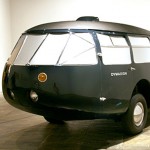









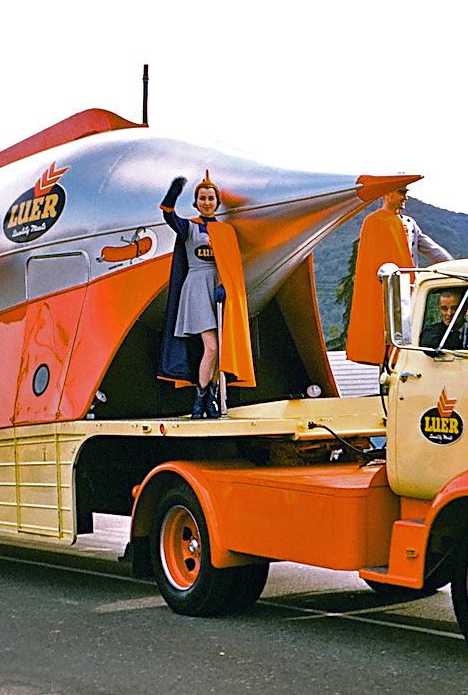



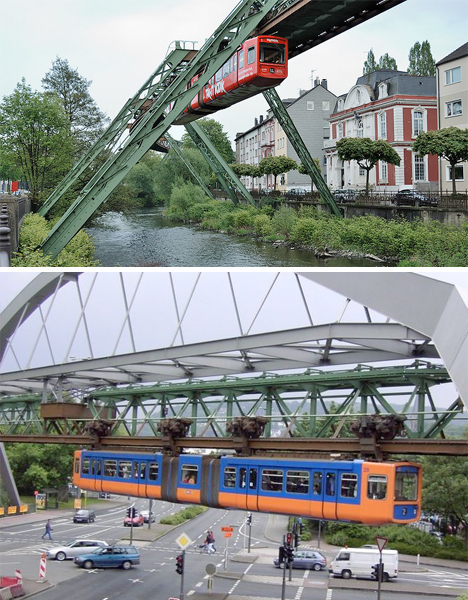
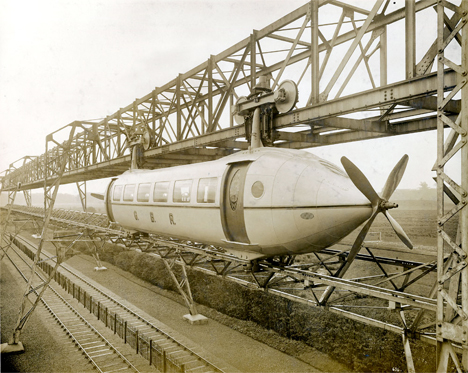
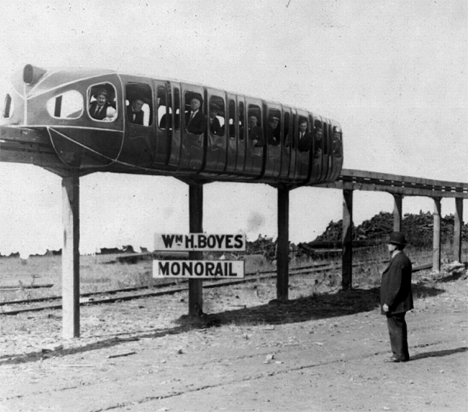

You must be logged in to post a comment.